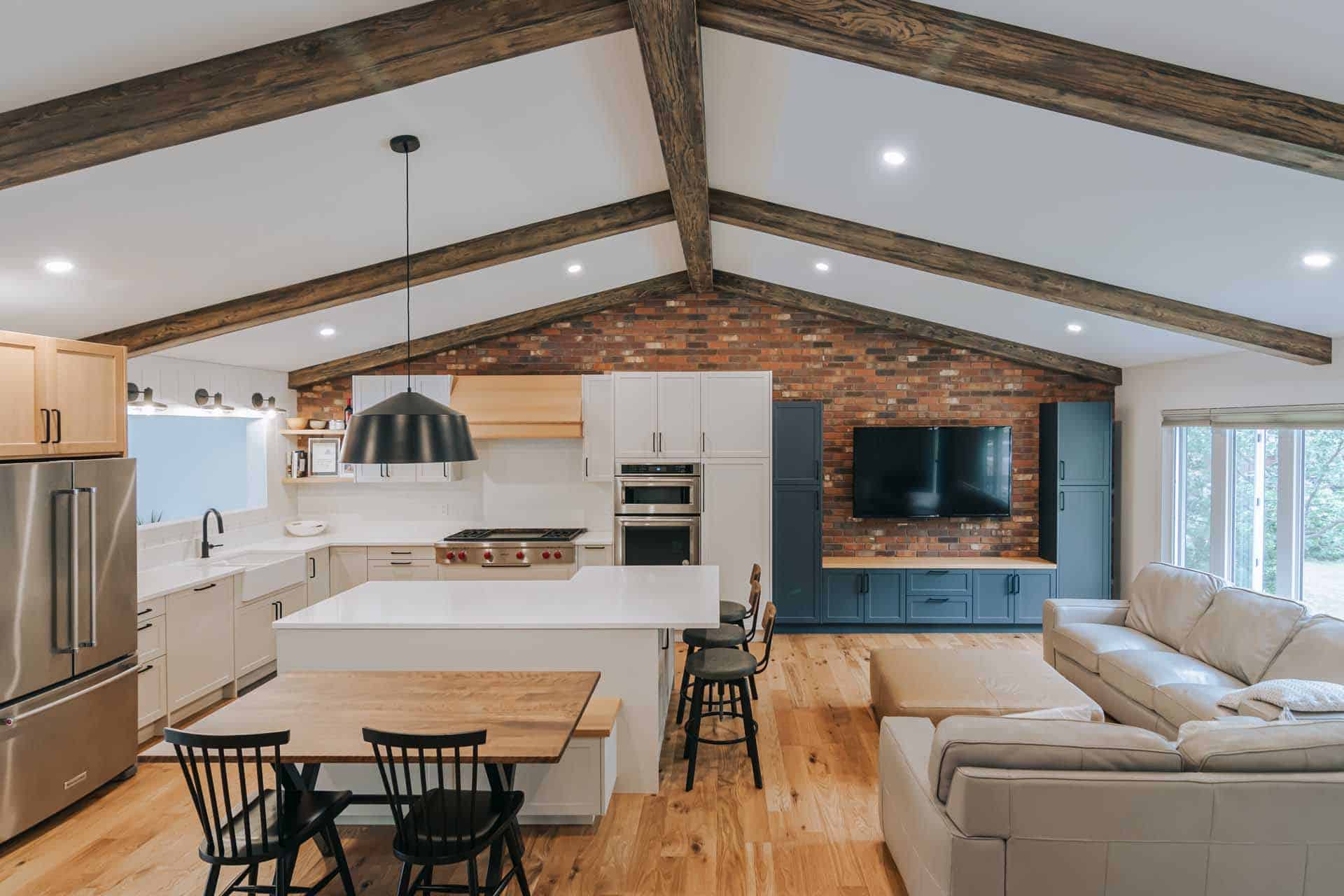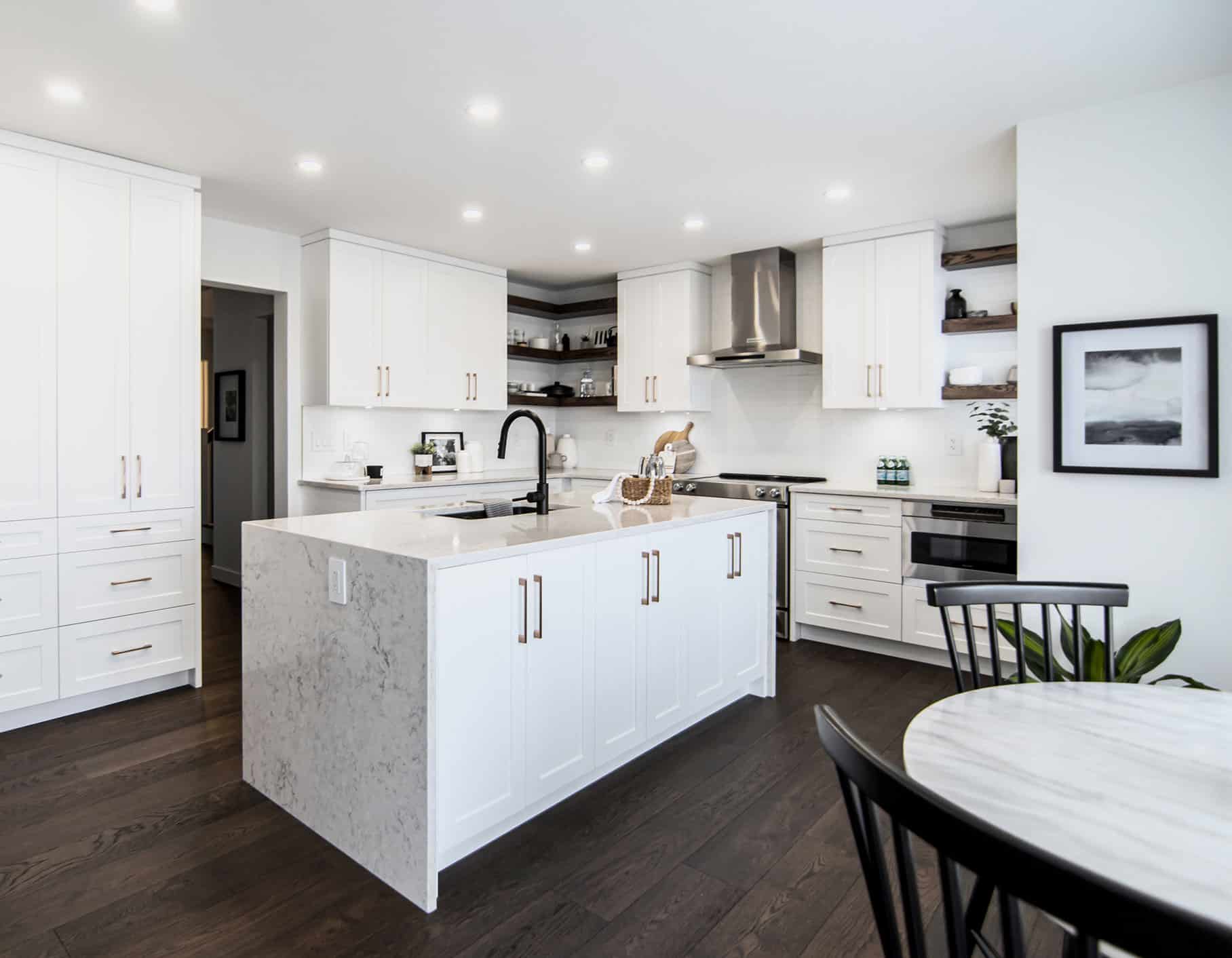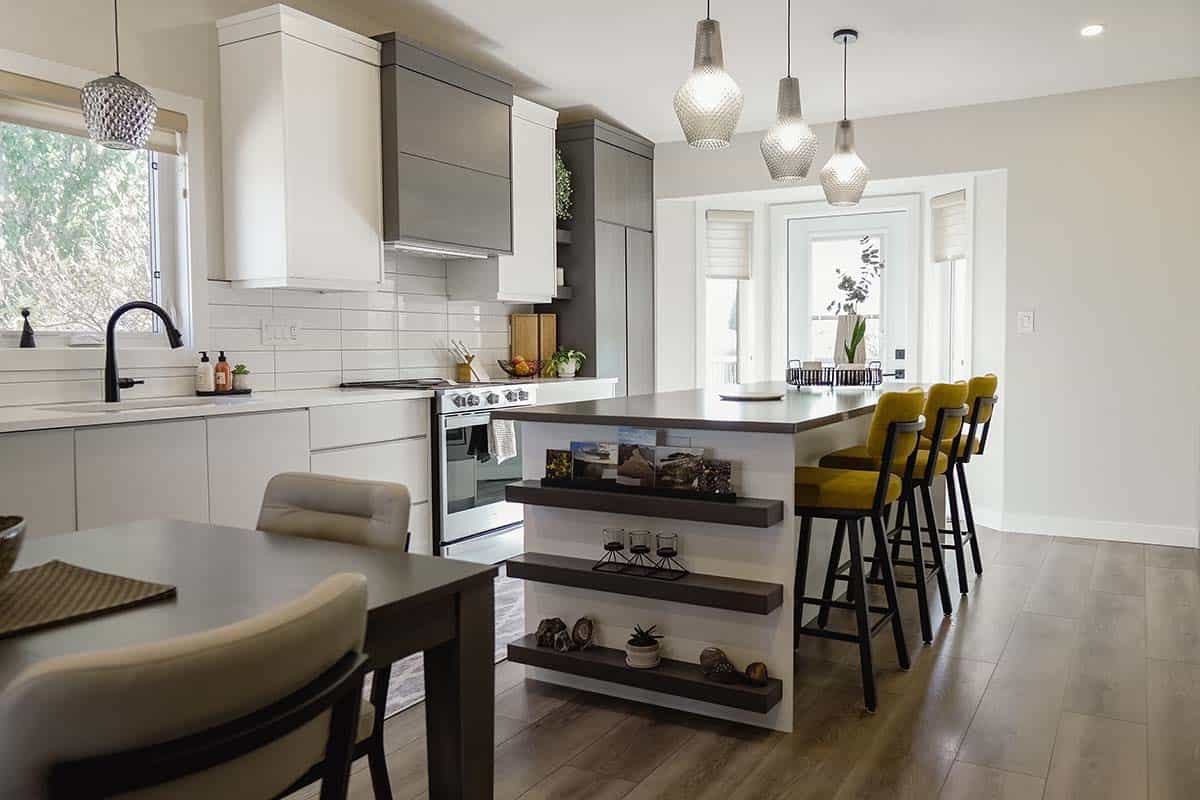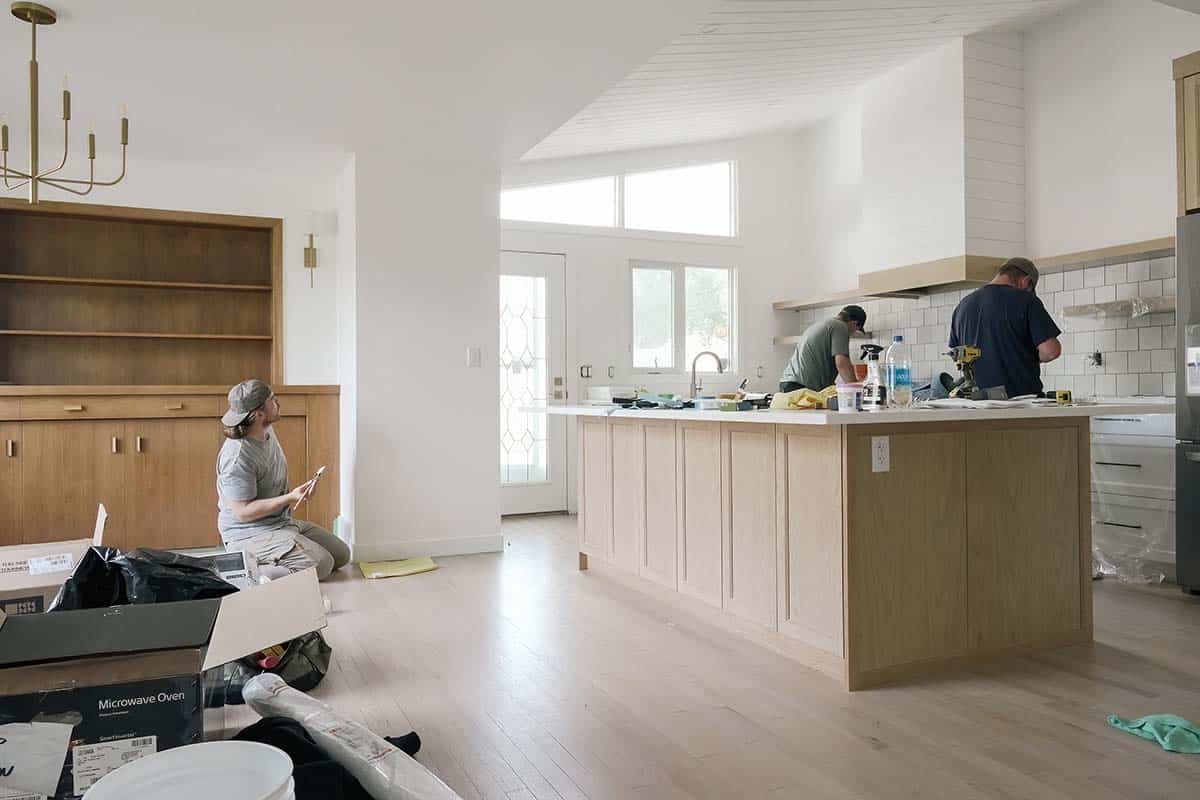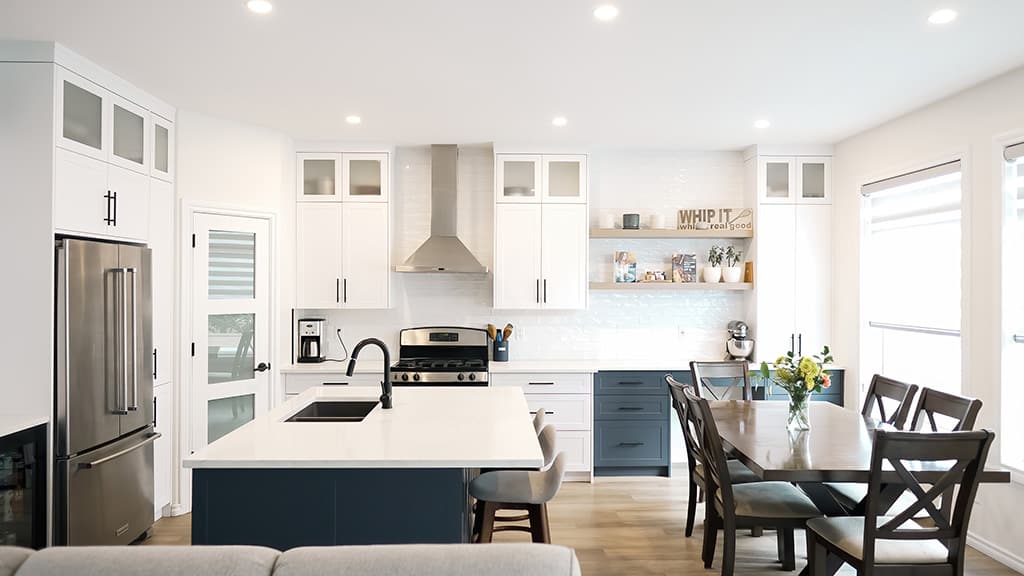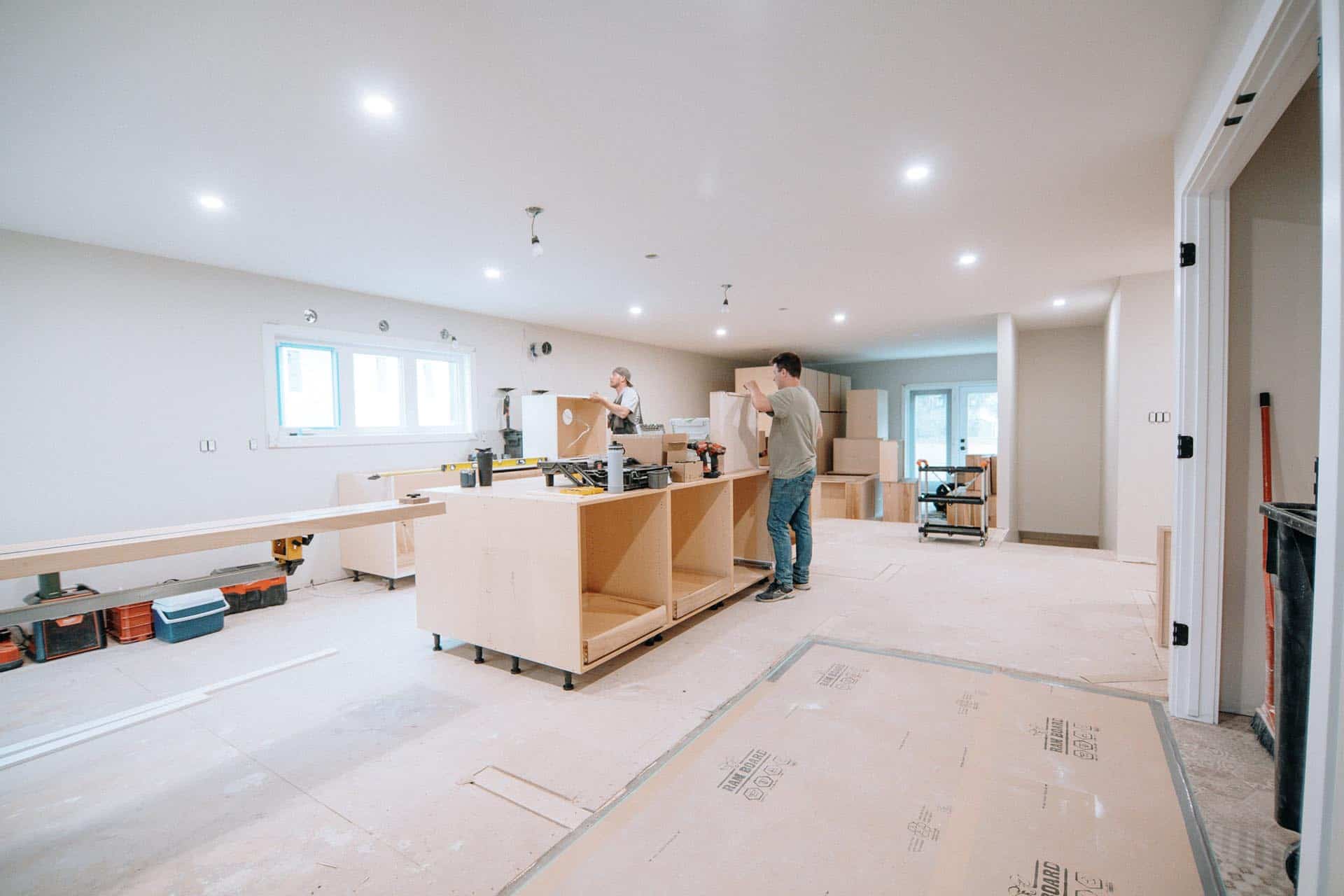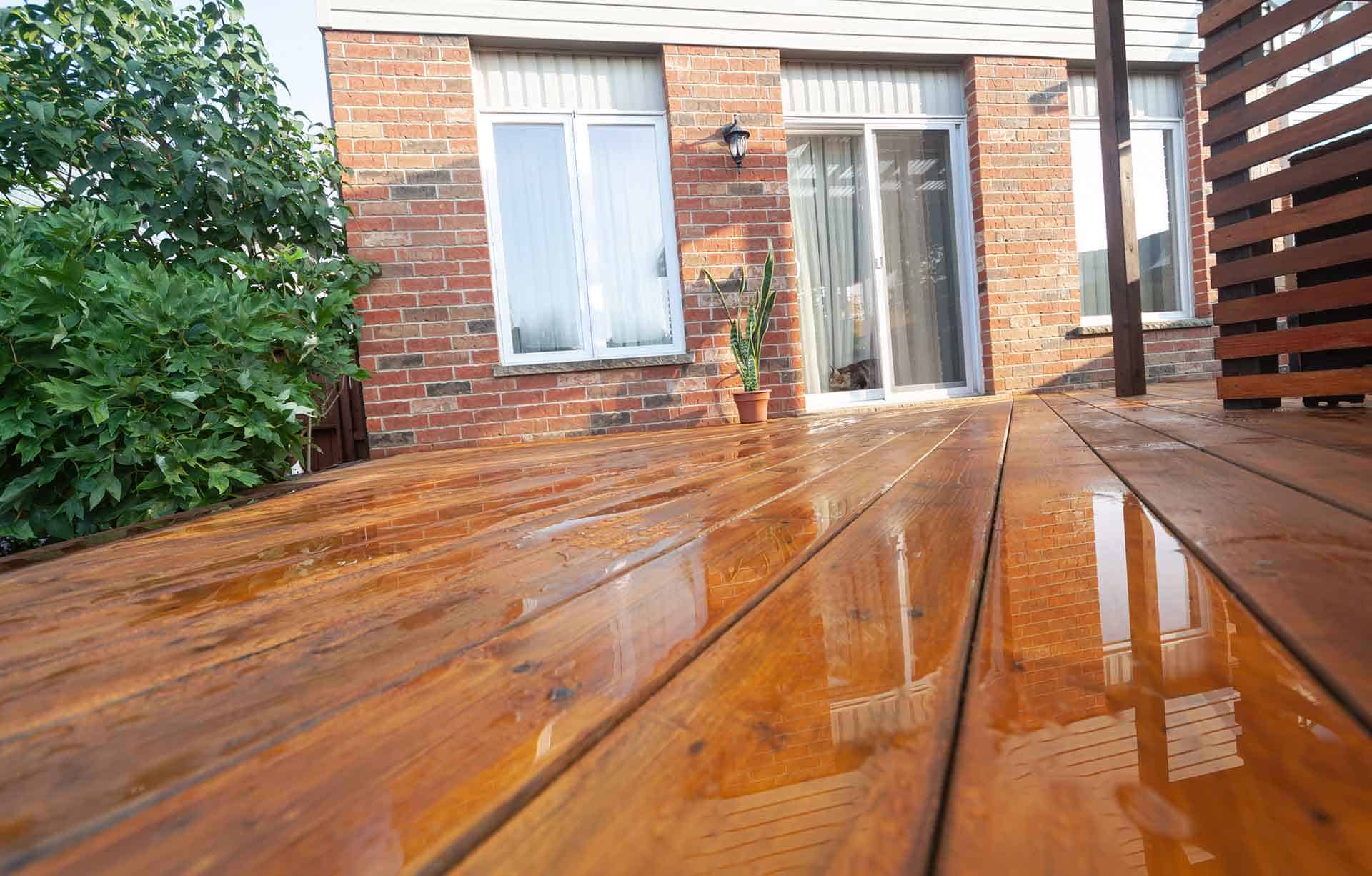Anyone who’s ever been in the market for a new floor knows there are a lot of options to choose from! Hardwood is a popular choice, but there are different types of hardwood available. Some people might not know the difference between solid wood and engineered hardwood flooring, so here’s a breakdown of the two.
The Difference Between Solid and Engineered Hardwood Flooring
Solid hardwood is made from one piece of solid hardwood that is cut into planks. They come in a variety of widths and sizes and are often stained to the desired colour and protected with a finishing coat.
Engineered hardwood is made of three or more layers of wood that are bonded together under extreme heat, with only the top layer made from actual real hardwood. The planks are typically wider in size.
The differences between these two different types of wood are more practical than they are aesthetic since they tend to look about the same once they’re installed.
The Benefits of Solid Hardwood Flooring
Solid hardwood is versatile in the sense that it can be sanded and refinished multiple times throughout its lifetime. It has a warm, natural look and feel that can’t always be matched by engineered hardwood or laminate flooring.
Solid wood flooring is typically more expensive than other types of flooring, but it’s usually worth the investment if you’re going for that “high-end” look. The planks must be fixed into position, one piece at a time, by being glued or nailed down to a subfloor.
Heads up though, that water and hardwood are NOT friends. This is why you’re more likely to see this type of flooring above ground in living spaces, hallways and bedrooms and not in basements where it’s common to deal with moisture and humidity.
The Benefits of Engineered Hardwood Flooring
Engineered hardwood is better able to deal with moisture, temperature changes and humidity which makes it the better choice for below-grade spaces. It’s factory-finished with multiple coats of protectant meaning it’s resistant to scratches and fading and therefore, also more durable than solid hardwood.
When it comes to installation, engineered wood gives you more options – planks of any width use “click” together technology (similar to laminate flooring) and can be stapled and nailed down, as well as glued or even floated. That equates to the process having the potential to be easier, faster, and we all know that means cheaper!
Something to take into consideration is that this type of flooring can be hard (or not at all possible) to refinish in the future since only the top layer is actual hardwood.
Which Type of Flooring is Right For You?
So, which is the best flooring for your home? The answer really depends on your specific needs and preferences. A quick recap on what you should consider:
- How long do you want this flooring to last?
- Is your space above or below grade? Will your flooring be susceptible to moisture and humidity?
- What activities will happen in this space? How durable does your flooring need to be?
- Do you foresee having to repair your flooring? How often?
Solid hardwood offers a natural, timeless look in your home that will last for generations but engineered hardwood can be a more affordable option that offers many of the same benefits. Still not sure which direction to go? We recommending consulting with a professional (like our team at Collaborative Construction) before making your final decision – they can help make sure you get the perfect flooring for your home. Ready to get started? Give us a call today!

